Why does the brain struggle to fall asleep?
The reasons can be numerous – from bedtime habits and stress to chronic pain to mental health disorders. Lack of sleep, insomnia and poor sleep quality affect our psychological and physical health.
Since there is no single answer, we will talk about the most influential factors contributing to difficulties initiating sleep. The first thing that comes to mind is the circadian rhythm. In fact, this is the most common reason because it is very easy to disrupt. How?
Disturbing this rhythm (an irregular sleep schedule or exposure to bright light at night) confuses your brain. It's not sure if it's day or night! Therefore, reduce the use of electronic devices immediately before going to bed. If we add stressful thoughts and worries, the body enters “fight or flight” mode and releases stress hormones like cortisol.
A heightened state of alertness or wakefulness can also be a consequence of excessive caffeine intake, or stimulating activities before bedtime. Unfortunately, certain medical conditions such as chronic pain, restless leg syndrome or sleep apnea can disrupt sleep initiation. We must not forget about environmental factors such as noise, temperature, and comfort levels in the sleep environment.
Effective ways to trick your brain into falling asleep
Finally, we come to the most interesting part. We'll cover everything from science-backed techniques to navigating the subtle nuances of our sleep environment. When you say Hocus Pocus, you'll have a rejuvenating slumber.
Mindful meditation and deep breathing
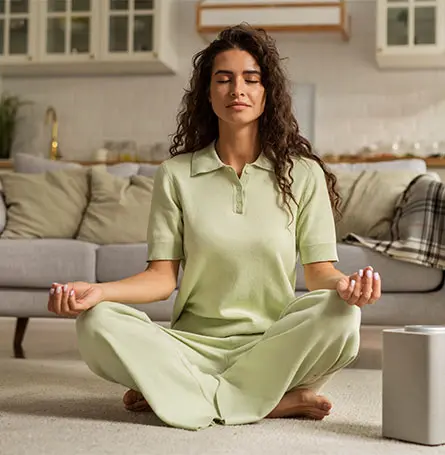
No, you don't need to devote yourself to silent meditation, cultivate a particular religion, or give up material advantages and become vegan. Meditation is generally described as conscious presence, moving away from one's own thoughts, observing oneself and one's ego from a distance. In short, it's an attempt to get away from the daily chatter of your mind!
If you are a beginner, you should know how to meditate properly. The good news is that even a “failed” meditation is still successful. If you have too much on your mind, the most important thing is that, in the end, you manage to forget about everything for at least a few minutes and devote yourself completely to meditation.
It is important to sit comfortably and turn off external stimuli. So, you silence the phone and isolate yourself in silence if possible. You can sit in an armchair or on the floor, whichever is more comfortable.
Relax and take a few deep breaths and exhale, relaxing your body. Focus on your breathing to help you switch off. Breathing exercises are a great way to calm your heart rate, relax your muscles and relieve stress. These are ideal conditions for meditation, but also for quality sleep.
Progressive muscle relaxation
To unlock the sweetest sleep, you must not neglect muscle tightness. Something like the game “Simon Says “, but with a twist, would be welcome here. If you tense a muscle group, you create a star contrast between tension and relaxation. But when you release the tension, you will feel light as a feather and your mind follows suit. Of course, this implies exercise – it is necessary to teach the body to react to the sensation of relaxation. So, make room for peace by going step-by-step to PMR.
- Comfy spot – sit on the bed, close your eyes and take a deep breath
- Imagination – imagine things that associate you with peace, like waves
- Focus – when you feel a calm sensation, focus your attention on individual muscle groups starting from your toes
- Release – hold that feeling, hold it for a moment, and the release
Did you feel it? Yes, you got rid of a bit of tension and now keep it up – calves, thighs, abdomen, all the way to your forehead. Think of it as massaging your mind! And note that progressive muscle relaxation can help out with quite a few issues (even PTSD), so, it's a very valuable routine to have!
Visualization and guided imagery
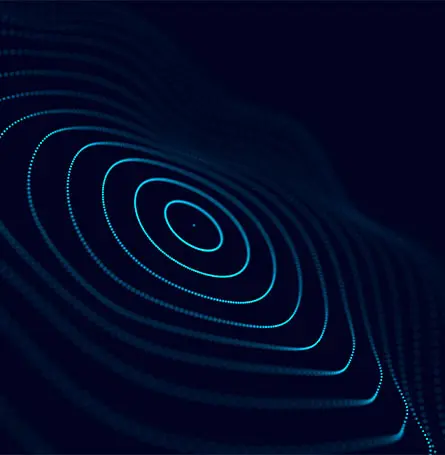
All this talk about visualization and positive thinking can seem a little irritating. But the fact is that we spend energy in reflection. Therefore, we give strength to what we direct our focus to. Consequently, we should be aware of this connection and use it wisely when necessary. Of course, that doesn't mean you won't worry. Imagination is not just about crafting pretty pictures, so use the following tips:
- Find a quiet place – let it be a cosy spot, dim the lights and let no one interrupt you
- Breathe properly – take a few deep breaths, inhaling calm and exhaling stress
- Engage all your senses – this is a multisensory experience, so try to feel the warm sand, hear the waves, smell the salty breeze or feel the ocean air
- Read/listen to stories – visual aids will give you imagination fuel, it will jumpstart imagination and trigger vivid mental images
- Daydream – just like when you were a child, include daydreaming in your daily routine
There is no right or wrong way to imagine. Experiment, explore and have fun.
Sleep-inducing bedtime routine
Great, you sleep 7-9 hours every night! You have given your brain enough time to process all the information and prepare for a fresh start. Your body will thank you just as much. We have one question before you get the title – the most disciplined sleeper of the month. Is your bedtime and wake-up time important to you? If you are clumsy in this matter, you should still work on your sleep hygiene.
Your circadian rhythms take some getting used to in order to become secure. Compare that to the time the bus arrives! You can rely and count reliably on it, because it will appear every next day simultaneously. Otherwise, you will feel insecure. Your brain works according to that principle, because it thrives on patterns and predictability.
Following a consistent routine will help your mind and body relax more easily and fall asleep when you hit the pillow. Including a sample bedtime routine like reading, dimming lights, and avoiding screens is enough. By maintaining a consistent sleep-wake schedule, you will make your awakening smoother and more automatic, and you will sleep better.
Limiting blue light exposure

Picture this: after a day of activity, you're finally home in bed, and there's only one thing missing. Having a cuddle partner is a great thing, but you know what's even better? Melatonin! So don't underestimate his presence because his time is limited.
It is known as the hormone of darkness because darkness stimulates its production. But there's no point in turning off all the lights in the house if you're going to be looking at the screen of your phone or other electronic device.
Remember, it regulates your biological clock and is very important for your body. If you disrupt its secretion, you will also disrupt the feeling of sleep and rest.
This can lead to several health problems and a lot of stress. Next time you go to bed, think about whether another hour of TikTok scrolling is really worth the risk. Finally, try a digital detox if you're having a hard time kicking the habit.
White noise and relaxing sounds
White noise is a combination of sounds of a certain frequency and repetition, the range of frequencies is from 20Hz to 20,000Hz. Vacuum cleaners, fans and hair dryers are also white noise and can have a calming effect. Well, there are plenty of white noise producers, both household appliances and nature sounds, plus professional high-quality white noise machines.
It works by blocking distracting environmental noises (barking dogs or noisy traffic). It does not cause any special emotional reactions, but simply calms you down and has a partly hypnotic effect.
Creating a comfortable sleep environment
What would it be like to lie down on an uncomfortable mattress after a warm bath, meditation and a soothing book? Therefore, creating an appropriate sleep environment is equally important. A relaxing bedtime routine will help you fall asleep faster. However, other things like comfortable bedding and good ventilation will contribute to uninterrupted and quality sleep.
Make sure your bedroom is airy, quiet and dark. Invest in a comfortable mattress and pillows and use soft, cotton sheets. When shopping, consider your preferences, needs, other users' reviews, and key product features to find what works for you.
Journaling and brain dumping

Have you ever wondered why most people start their writing with the sentence: “Dear diary…” Well, those are the words that would start an address to the dearest person and most intimate friend.
That piece of paper can keep your every secret, without judgment or ridicule. It feels liberating, doesn't it? And it is, which is why it can be a great nighttime routine for restful sleep.
However, you can also choose any other part of the day to write about your problems and happy moments. You can see from a different perspective once you put your negative thoughts on paper.
You will give yourself space to look at the situation from a distance, keep a cool head and rationalize your feelings.
We often think about alternative solutions by recording a situation in a diary. We think about what would happen if it did. In this way, we train the brain for a faster and better understanding of things and solving problems.
Cognitive Behavioural Therapy for insomnia
Insomnia is a common sleep disorder that can make it difficult to fall asleep, make it difficult to stay asleep during the night, or cause you to wake up too early and not be able to fall asleep later. Cognitive behavioural therapy for insomnia is a structured program that helps you identify and replace inappropriate thoughts and behaviours that cause or worsen sleep problems.
How does it work? Depending on your needs, your therapist may suggest a series of techniques to remove the factors that condition your mind to resist sleep. The most effective treatment approach may be a combination of several different methods. In the meantime, use relaxation techniques to minimize anxious thoughts and tension.
The science behind tricking your brain into falling asleep
Let's guess… You can't sleep, then you think about it, and suddenly you feel like you're in a nightmare. Ha! Even that would be desirable at that moment – better any sleep than none. Don't worry; if you have trouble falling asleep, that's not rocket science, although science can definitely explain some things.
The neurological basis of sleep induction techniques
There are two primary stages of sleep: non-REM (rapid eye movement) and REM sleep. Of course, it all starts with non-REM sleep, which has several stages. It marks the time when we “fall into sleep” which would be the initial stage.
It is precisely the transition phase between wakefulness and sleep. Then the muscles relax, breathing and pulse slow down while the body temperature drops. Thus, each phase is associated with different brainwave patterns. On the other hand, we associate REM sleep with vivid dreams.
In that phase, increased brain activity occurs, similar to wakefulness, but it is still different. In contrast to the state of wakefulness, the muscles are paralyzed, which explains the term – sleep paralysis. Although scientists still don't have all the answers about how the human brain function, we can say one thing. Transitioning from wakefulness to sleep involves various brain regions, neurotransmitters, and hormones.
But, thanks to the available information, you can apply several techniques that have an effect on neural pathways. Those are:
- Deep breathing and relaxation techniques – stimulate the vagus nerve by breathing deeply, leading to a reduction in heart rate, blood pressure, and stress hormones like cortisol.
- Biofeedback and neurofeedback – using technology to monitor and regulate physiological functions like heart rate variability and brainwave patterns.
- Aromatherapy and sensory stimulation – lavender or chamomile can trigger the olfactory system and influence the limbic system (emotions and memories).
Individual responses can vary depending on personal preferences and underlying neurological conditions.
Why tricking the brain matters for quality sleep
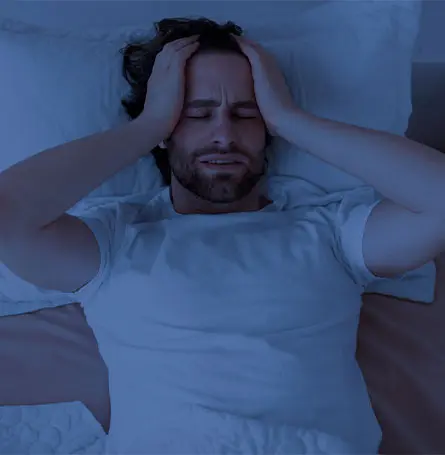
If you are so unproductive after one sleepless night, imagine what lack of sleep can do to your body. That's right, a mess is guaranteed.
Regardless of whether it is an acute or chronic condition, it leaves consequences on mental and physical health. A few sleepless nights will contribute to larger dark circles, but things get worse over time.
Your immune system becomes compromised because sleep plays a crucial role in its maintenance. Then you become more susceptible to illnesses since the immune system is not able to fight all infections. It also increases the risk of cardiovascular issues, metabolic disturbances, poor physical performance and cognitive impairment. Unfortunately, that's not all.
Chronic sleep deprivation is closely linked to mood disorders, which leads to emotional instability. The combination of these conditions significantly decreases the quality of your life. That's why prioritizing good sleep hygiene is important, and if you can't do it yourself, seek professional help and guidance.
Conclusion
Don't be so hard on yourself, because your brain is just a little more excited and don't take sleep medicine right away. I know you don't have much patience because you just want to get some sleep. But try to understand how this organ works or at least what we have explained. Various external factors can contribute to the inability to fall asleep fast – the brain believes it is time to wake up.
However, once you understand how this game works, you become a master. Think about the problem – maybe it's stress at work, lighting in the room, room temperature or too much time on the phone. Sometimes you will have to work a lot harder to get the answer. Anyway, don't lose your patience and hope. The ability to trick your brain into falling asleep faster can be a crucial skill for promoting well-being.

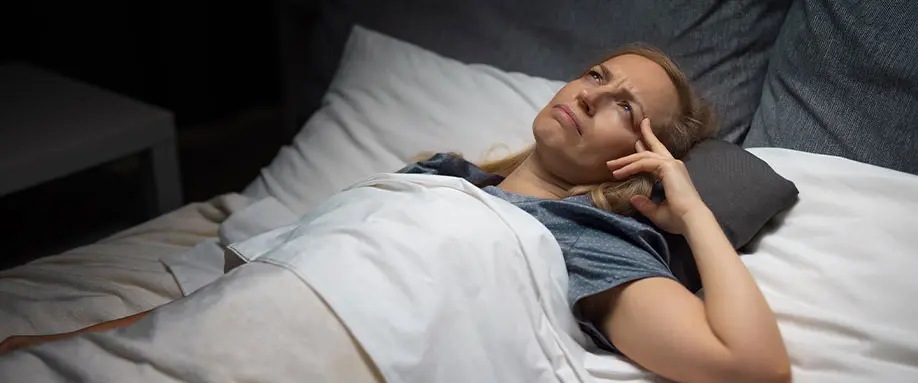

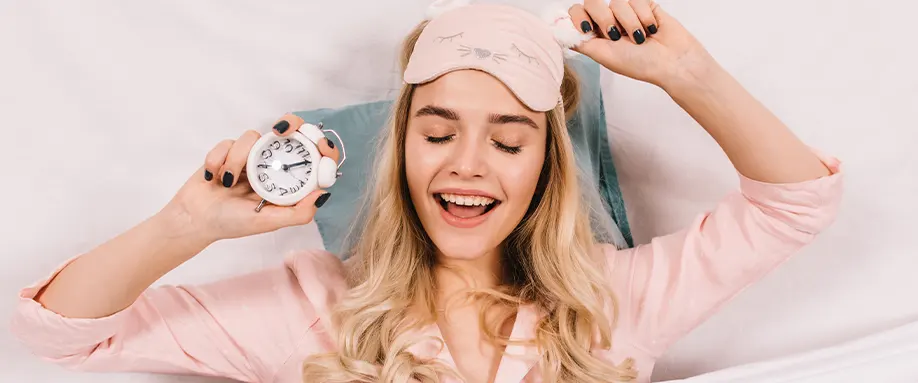
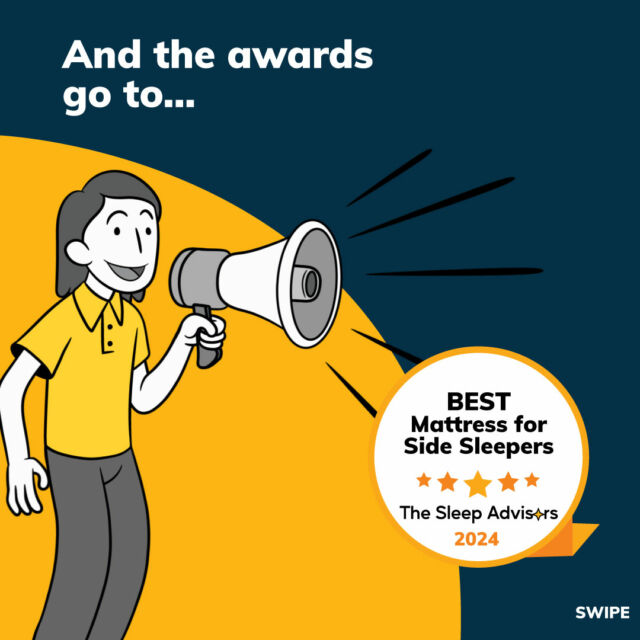
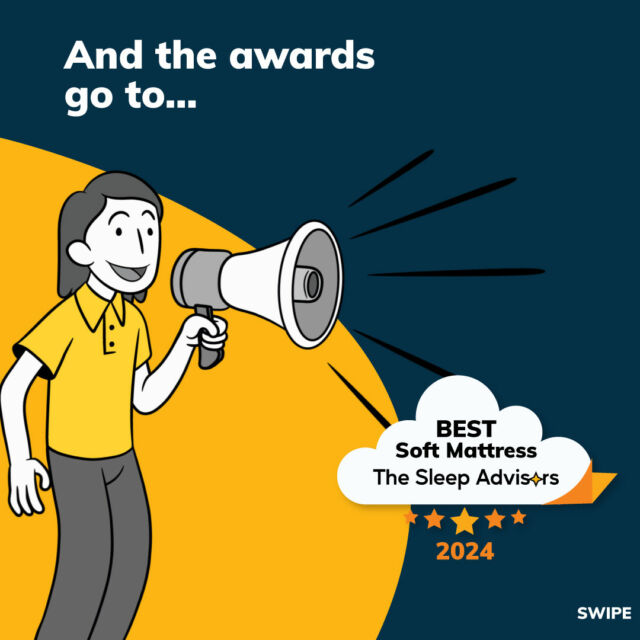
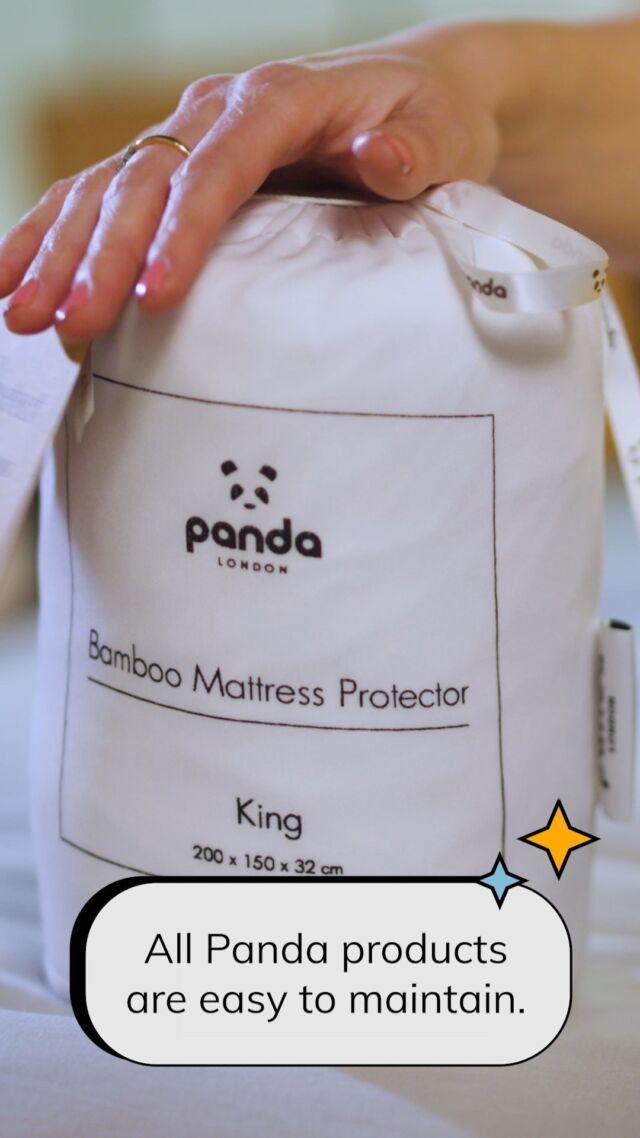
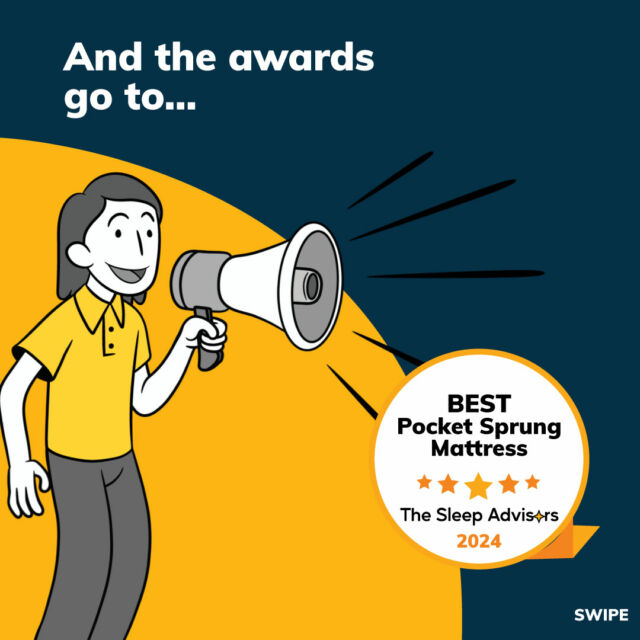

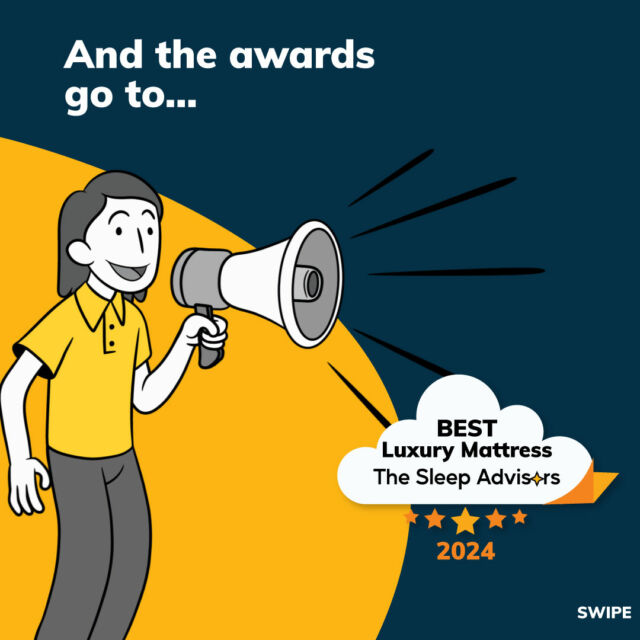

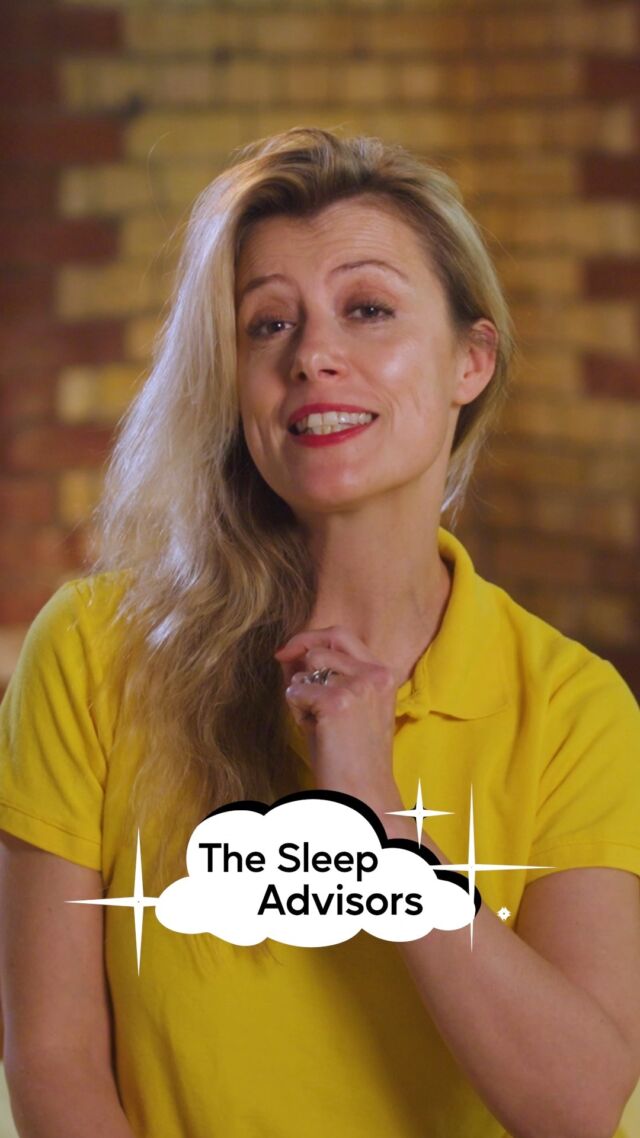
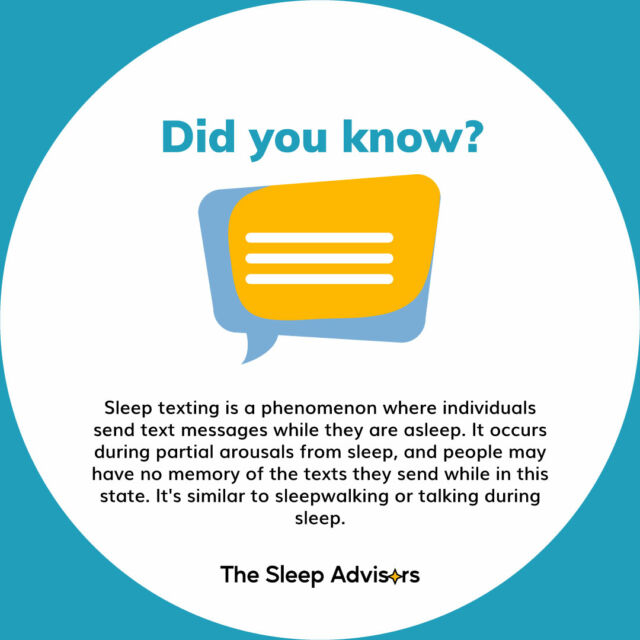
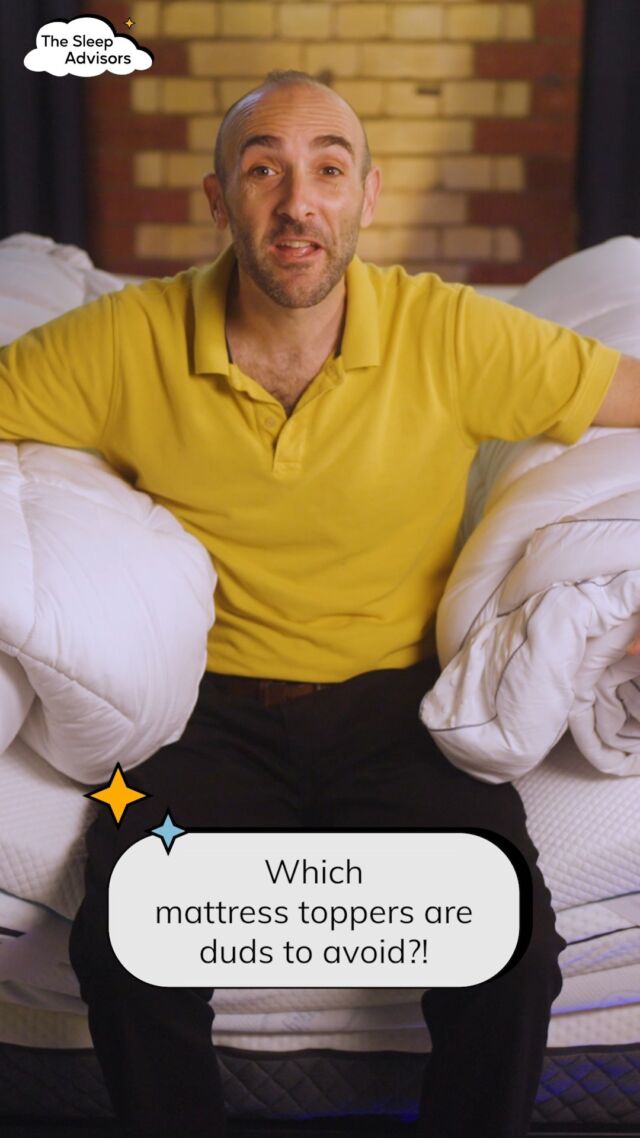

There are no comments yet
"*" indicates required fields